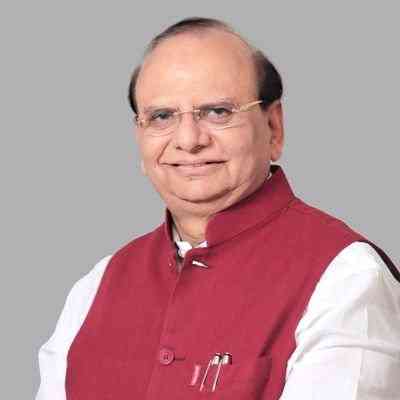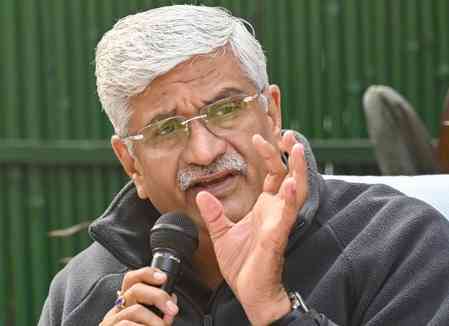Tier II cities on Township radar
People would want to enjoy the luxuries of modern living

The stage is set for tier-II and tier-III cities to witness the idea of Integrated Townships, with the National Capital Region (NCR) being extended to include several more close-by towns in Haryana, Rajasthan, and Uttar Pradesh. The amount of real estate investment in tier II cities has increased over the last few years. By 2030, India is expected to have 104 Tier-II cities and just 155 Tier-I cities. The figure alone foreshadows the growth of Tier-II cities in the future. Finally, increased economic growth, infrastructure development, and the benefit of lower real estate prices and a lower cost of living are all driving up residential demand in these cities.
People would want to enjoy the luxuries of modern living, such as plush markets, schools, hospitals, and entertainment facilities, all in one complex, particularly in the aftermath of COVID-19. These 'prime' cities are already attracting major developers from across the country. In the current scenario, the increase in demand for homes is leaning toward features that resolve health and safety issues; this is addressed in integrated townships by providing a controlled living environment to the residents.
Reasonable land prices, a lack of organized living options, and the migration of working professionals, among other factors, could reignite demand in cities such as Chandigarh and Ludhiana. The acceleration in demand appears certain, with home loan interest rates at record lows and government subsidies for home buyers. Significant real estate projects are expected in towns and cities with populations of 0.5 to one million people. Residential markets in tier-II and tier-III cities have seen increased demand, which is expected to continue following the Corona scare.
The availability of relatively cheaper real estate options is one reason for these cities' emergence as viable options. The rapidly expanding IT-ITES industry, entrenched in the major metros, is also moving towards Tier-II cities as rising real estate costs and overburdened infrastructure in Tier-I cities pose problems for IT-ITES companies.
Today, well-known developers branch out outside their conventional holdings, and Tier-II cities provide them with the best opportunities. Townships allow developers to provide high-quality planned urban lifestyles at affordable prices. The success of Integrated Townships in these cities is because the majority of the colonies are poorly constructed or unregulated, resulting in hardships such as poor sewerage, insufficient electricity, and security concerns.
In addition, the government's announcement that it will invest in infrastructure over the next five years was a blessing in disguise for Tier-II cities. The announcement addresses the most significant aspect of real estate: infrastructure growth, which contributes to a thriving real estate sector. The announcement allowed the long-standing question about the exodus of people from smaller cities to larger cities to be addressed. Due to the operating costs in larger cities, the development would result in job creation and the relocation of MNCs to these cities.
Authored by:
Raman Gupta, Director, GBP Group


 cityairnews
cityairnews 










